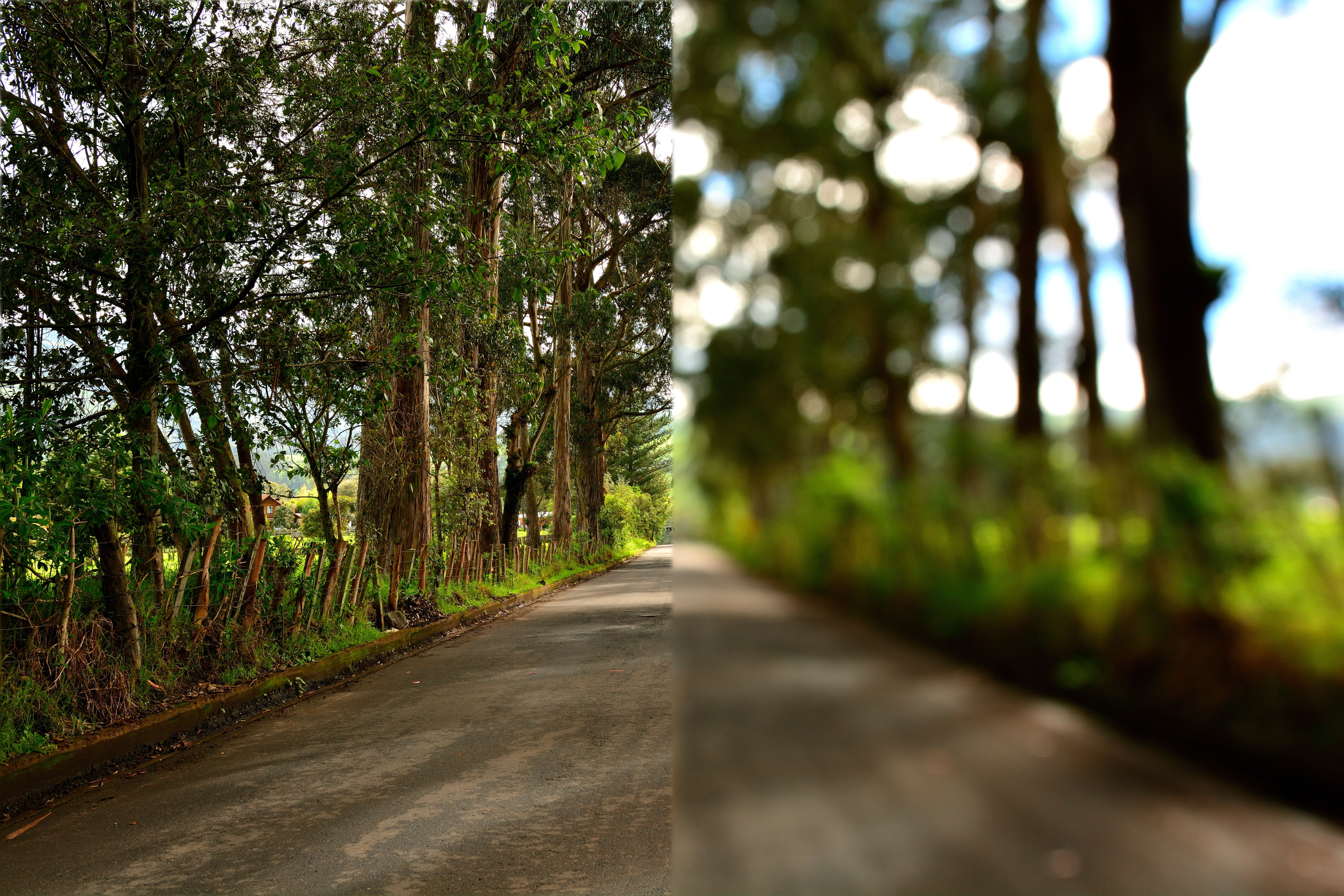Association of outdoor exposure patterns and myopic shifts
Findings suggest outdoor interventions should focus on effective outdoor exposure patters to prevent myopia in children.
Association of outdoor exposure patterns and myopic shifts | Image Credit: © Yanchapaxi - © Yanchapaxi - stock.adobe.com.

Future outdoor interventions should focus on, in addition to overall time outdoors, the effective outdoor exposure patters as a way to prevent myopia in children, according to new data published in JAMA Network Open. In a 1-year prospective cohort study, continuous outdoor exposure of at least 15 minutes accompanied with no less than 2000 lux sunlight intensity was associated with less myopic shift.1
Background
The investigative team led by Jun Chen, PhD, noted that myopia has emerged as a global public health concern, as an increase in cases over the last 30 years has been observed, with prevalence among young adults with 12 to 13 years of schooling increasing to nearly 90% in East and Southeast Asia.1
According to an article from the American Academy of Ophthalmology, 1 of 2 people have myopia, in which the eye is longer than normal from front to back, causing things that are far away to look blurry. Myopia could lead to an increased risk of having later eye issues such as glaucoma, cataract, and retinal detachment.2
"Previous studies have demonstrated that spending more time outdoors is an effective intervention for myopia," the study authors wrote. "The findings from randomized clinical trials revealed that children who engaged in increased outdoor activities exhibited a significantly lower incidence of myopia and experienced less myopic shift. Our study aims to investigate the association between outdoor exposure patterns and myopic shift among school-aged children participating in the Shanghai Time Outside to Reduce Myopia (STORM) study."1
Study details and results
STORM was a school-based, cluster-randomized clinical trial conducted in Shanghai, China, from October 2016 to December 2018. From March 1 to December 31, 2018, each child was provided with a smartwatch to wear daily from 7:00 AM to 7:00 PM. Eligibility criteria included wearing the smartwatch for at least 6 hours per day, wearing it for at least 90 days during the study period, not having myopia as of March 1, 2018, and having complete information on variables such as age, sex, spherical refraction equivalence, and axial length (AL).1
Absolute change in the spherical equivalence between initial spherical equivalence when participants wore the smartwatch and the follow-up spherical equivalence 1 year later was the definition of myopic shift. The outdoor exposure pattern was the episode of time outdoors and and instant sunlight intensity over a continuous period. The following 12 outdoor patterns were analyzed1:
- pattern 1 (4 minutes and 1999 lux)
- pattern 2 (4 minutes and 2000-3999 lux)
- pattern 3 (4 minutes and 4000 lux
- pattern 4 (5-9 minutes and 1999 lux)
- pattern 5 (5-9 minutes and 2000-3999 lux)
- pattern 6 (5-9 minutes and 4000 lux)
- pattern 7 (10-14 minutes and 1999 lux)
- pattern 8 (10-14 minutes and 2000-3999 lux)
- pattern 9 (10-14 minutes and 4000 lux)
- pattern 10 (15 minutes and 1999 lux)
- pattern 11 (15 minutes and 2000-3999 lux)
- pattern 12 (15 minutes and 4000 lux)
"The association between outdoor exposure patterns and myopic shift was assessed with residual method in the multivariable density model by adjusting cumulative time outdoors and cumulative sunlight intensity, as well as other covariates, including age, sex, near-work time, parental myopia, and baseline spherical equivalence," stated the investigative team.1
In all, the study featured 2975 students (51.2% female) with a mean age of 7.2 (0.6) years. Mean daily time outdoors was 90 (28) minutes while mean sunlight intensity was 2345 (486) lux. The major exposure patterns observed were time outdoors with at least 15 minutes, making up 74.9% of minutes. Only patterns with at least 15 minutes accompanied with no less than 2000 lux were associated with less myopic shift in refraction, stated the authors (for 15 minutes and 2000 to 3999 lux, −0.007 diopter [D] [95% CI, −0.011 to −0.002 D]).1
Conclusion
"This study found that time outdoors and sunlight intensity had an additive interaction on myopic shift," said the investigators. "The protective effect of time outdoors concurs with existing studies that have highlighted the importance of increasing daily time spent outdoors in preventing myopia. Thus, a practical recommendation would be to encourage longer time outdoors as much as possible, even under moderate light intensities."1
References:
- Chen J, Wang J, Qi Z, et al. Smartwatch measures of outdoor exposure and myopia in children. JAMA Netw Open. 2024;7(8):e2424595. doi:10.1001/jamanetworkopen.2024.24595
- Myopia control in children. American Academy of Ophthalmology. November 15, 2022. Accessed August 13, 2024. https://www.aao.org/eye-health/diseases/myopia-control-in-children
Newsletter
Access practical, evidence-based guidance to support better care for our youngest patients. Join our email list for the latest clinical updates.